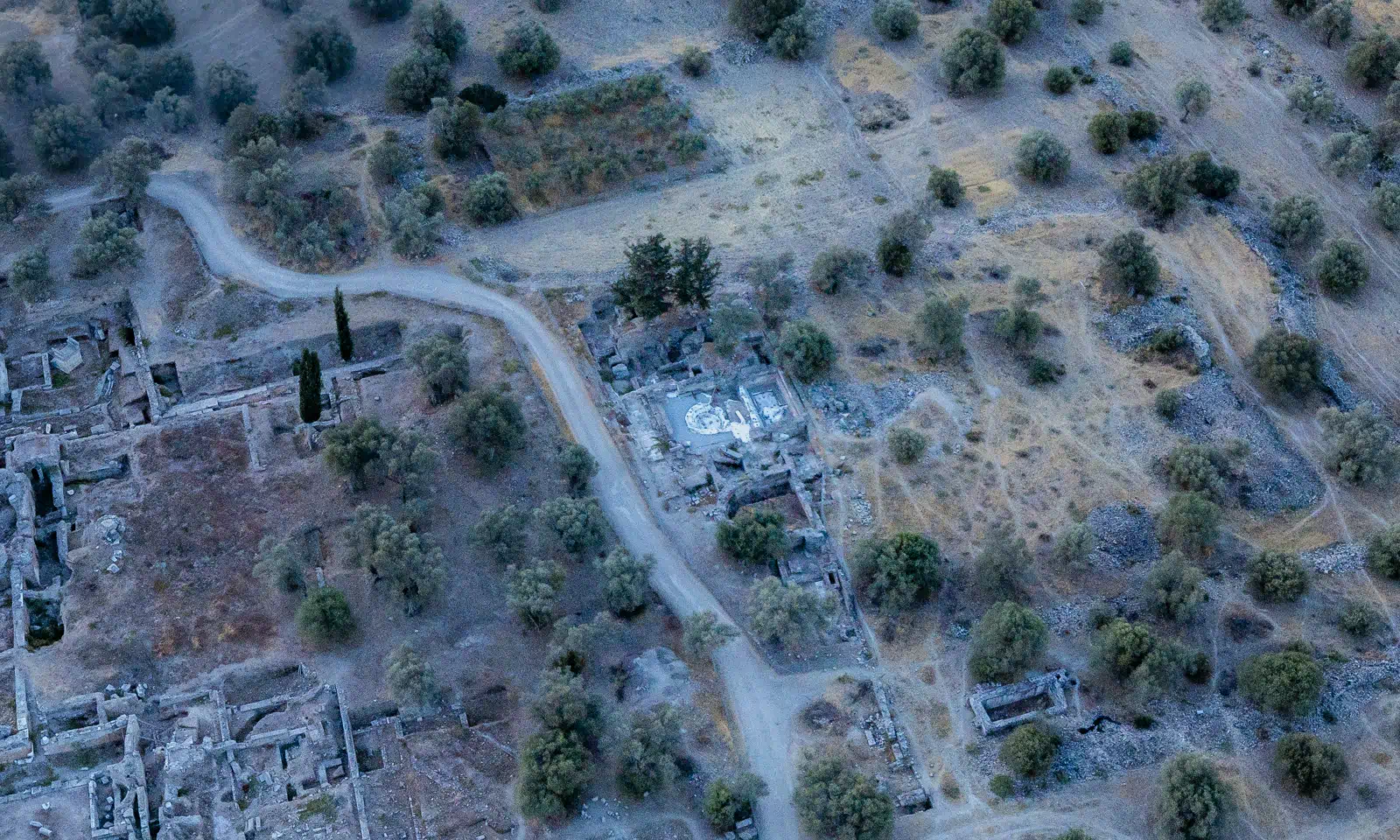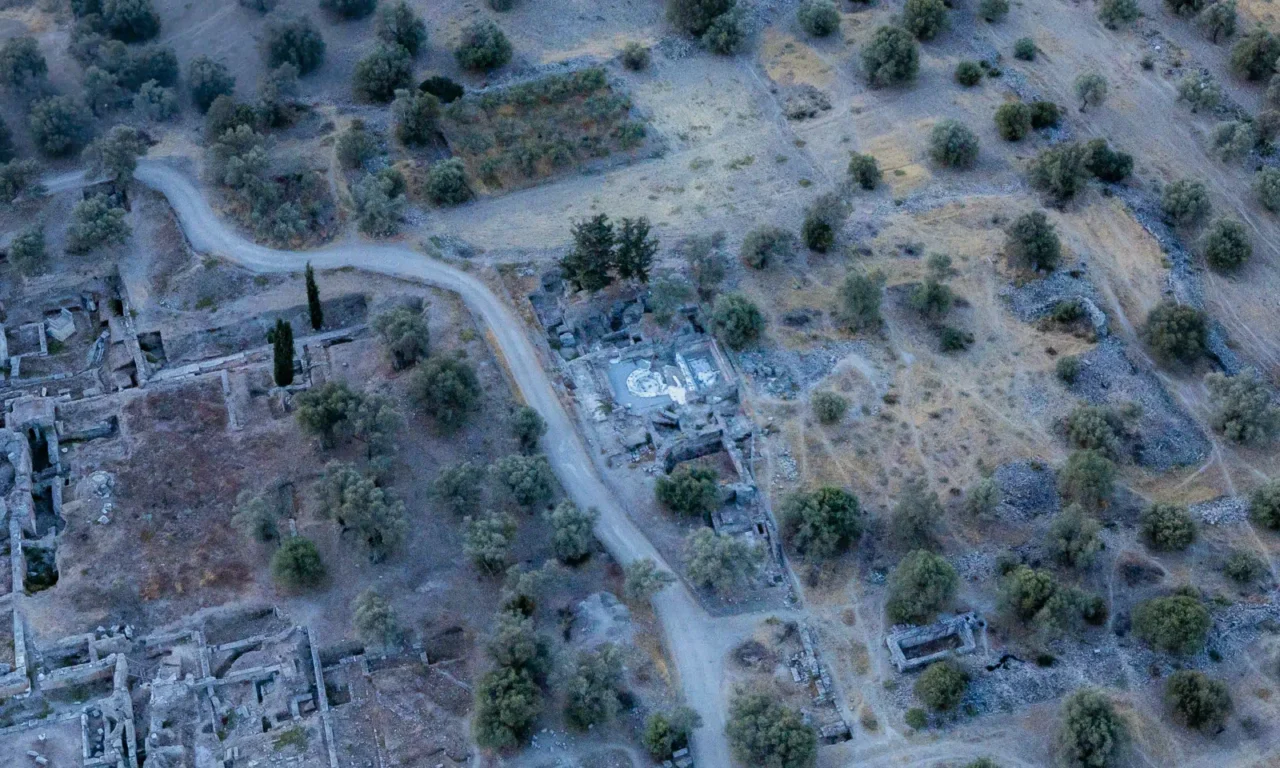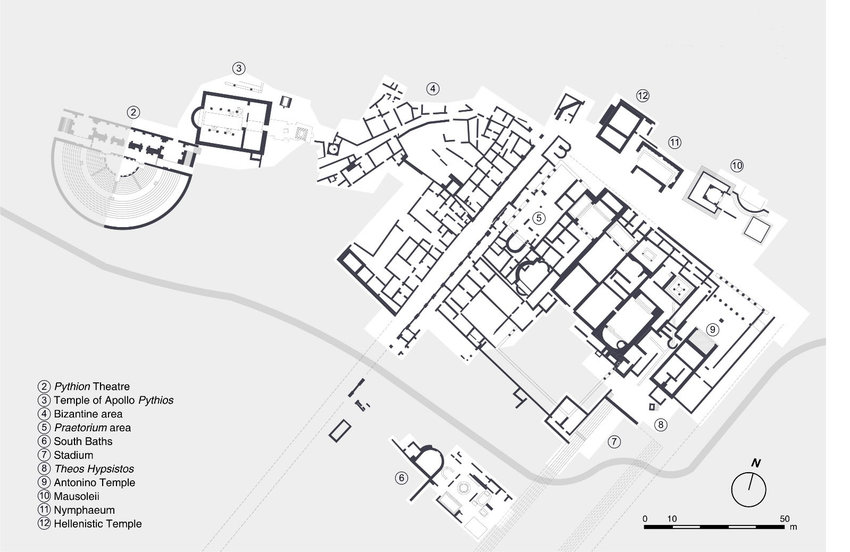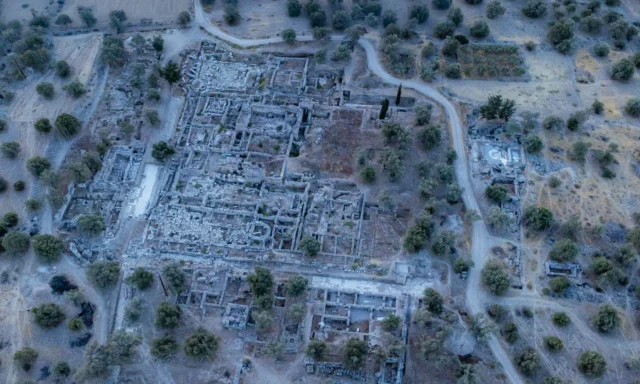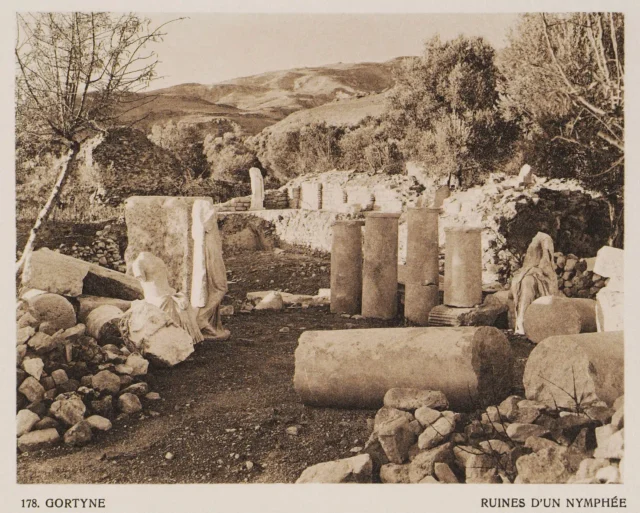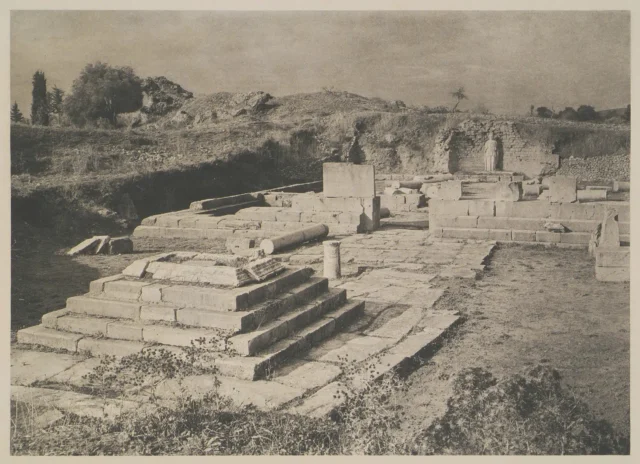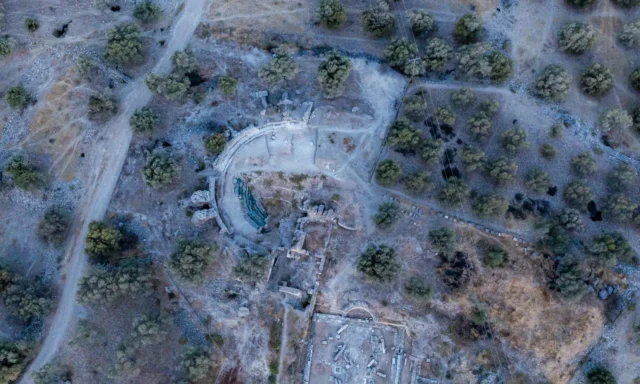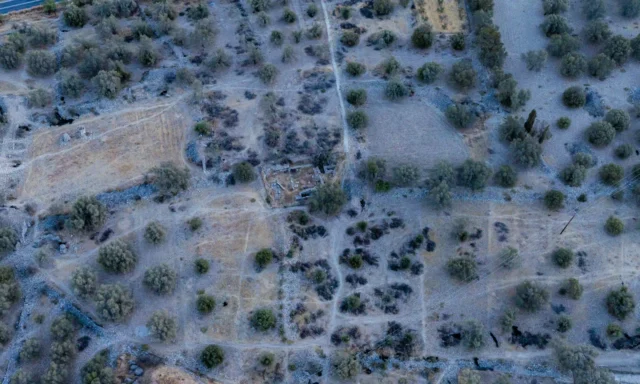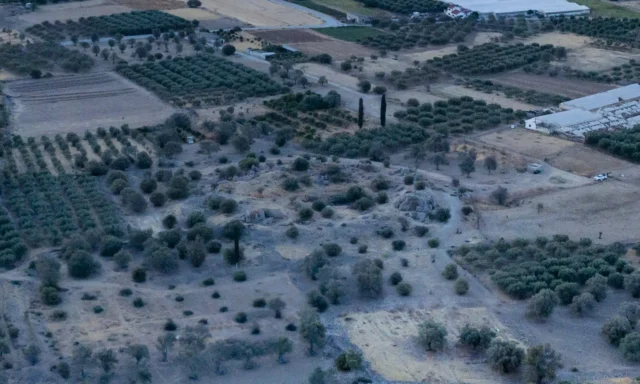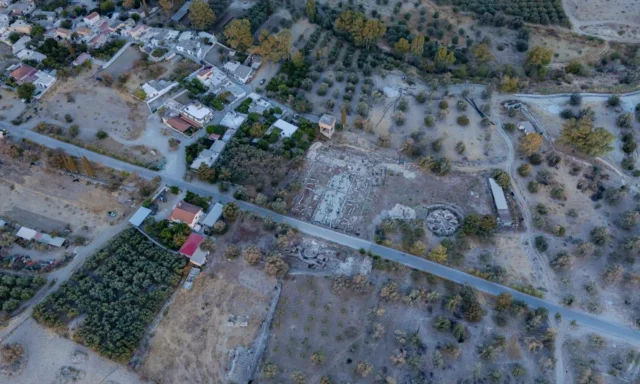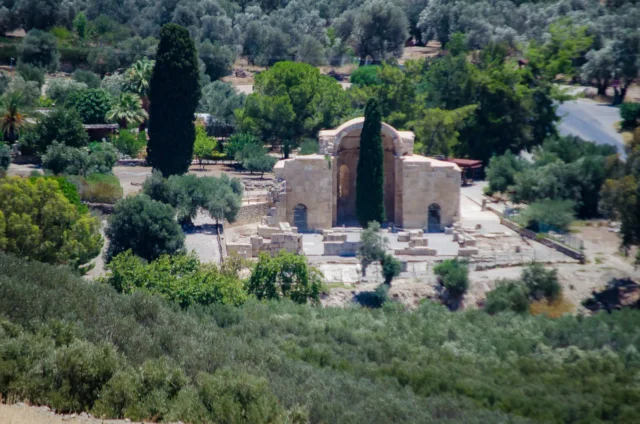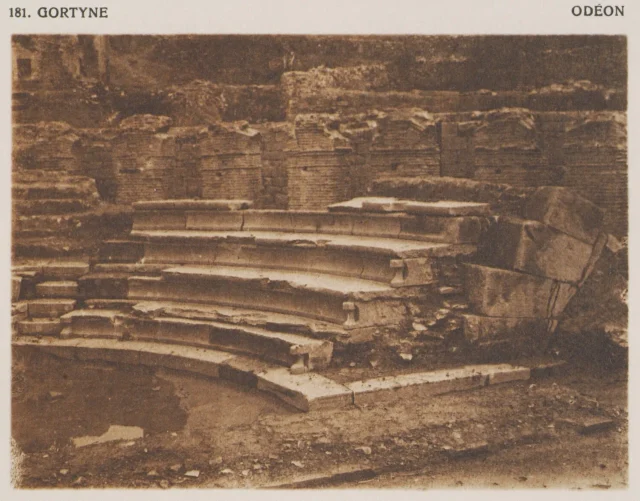A Haven of Roman Leisure
The South Baths, situated near the Praetorium in Gortyna, originally functioned as a gymnasium from the late Augustan to early Tiberian periods (early 1st century CE) before being transformed into expansive public baths under Emperor Trajan. This bath complex, measuring over 1,000 square meters, later became the Praetorium, the administrative seat of justice, and was supplied by a robust aqueduct system that underwent continuous improvements into the early 3rd century CE. The facility, including its baths, continued to be used and renovated well into the Early Byzantine period, despite damages from an earthquake around 365 CE.
Location and Context
The South Baths are located in close proximity to the Praetorium, the administrative headquarters of the Roman governor in Crete and Cyrenaica. This positioning suggests that the baths were primarily intended for the use of the Roman elite and officials residing in or visiting Gortyn. The baths’ location near the city center also highlights their importance as a public space and a symbol of Roman influence and authority.
Architectural Features
The South Baths complex boasts a range of architectural features typical of Roman bathhouses. These include:
- Caldarium (hot room): Heated by a hypocaust system, this room provided a space for hot baths and sweating.
- Tepidarium (warm room): A transitional space between the hot and cold rooms, offering a comfortable temperature for relaxation.
- Frigidarium (cold room): This room housed a cold pool for refreshing dips after the heat of the caldarium.
- Apodyterium (changing room): A space for visitors to change clothes and store their belongings.
- Palaestra (exercise area): An open-air courtyard for physical exercise and games.
The baths were likely adorned with mosaics, frescoes, and other decorative elements, creating a visually appealing and luxurious environment for bathers.
The Roman Bathing Culture
Bathing played a central role in Roman daily life, serving not only hygienic purposes but also social, cultural, and even political functions. Public baths, like the South Baths at Gortyn, were important social hubs where people gathered to relax, exercise, conduct business, and engage in intellectual discussions.
The Roman bathing ritual typically involved a series of steps, starting with exercise in the palaestra, followed by visits to the various heated and cold rooms, and ending with a massage or anointing with oils. This elaborate process was seen as essential for maintaining physical and mental well-being.
Historical Significance
The South Baths at Gortyn provide valuable insights into the lifestyle and social practices of the Roman elite in Crete. The baths’ proximity to the Praetorium suggests their use by high-ranking officials and their families, highlighting the importance of bathing culture in Roman society.
The baths also served as a symbol of Roman power and influence, showcasing the technological advancements and cultural sophistication of the empire. The construction and maintenance of such a grand complex would have required significant resources and expertise, further emphasizing the Roman administration’s commitment to establishing its presence in the provincial capital.
Archaeological Site: Key Points
- Construction Period: 1st century CE
- Location: Near the Praetorium, in the central area of Gortyna
- Dimensions: The complex covers a substantial area, with various rooms and open spaces
- Historical Significance: Served as a public bathhouse for the Roman elite in Gortyna, reflecting the importance of bathing culture in Roman society and showcasing the empire’s power and influence
- Current Status: The ruins of the South Baths are preserved at the archaeological site of Gortyna, offering visitors a glimpse into the luxurious lifestyle and social practices of the Roman era
References
- Lippolis, Enzo. 2016. “Roman Gortyn: from Greek polis to provincial capital.” In Roman Crete: New Perspectives, edited by Jane E. Francis and Anna Kouremenos, 155-174. Oxford & Philadelphia: Oxbow Books.








